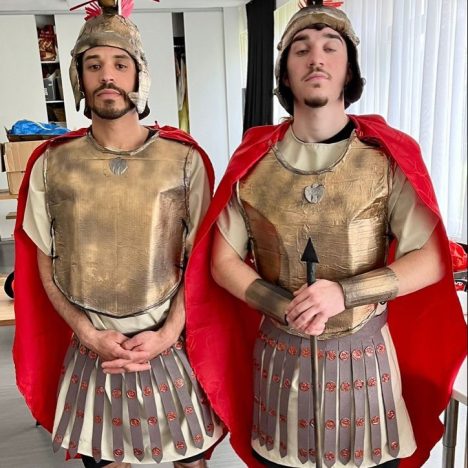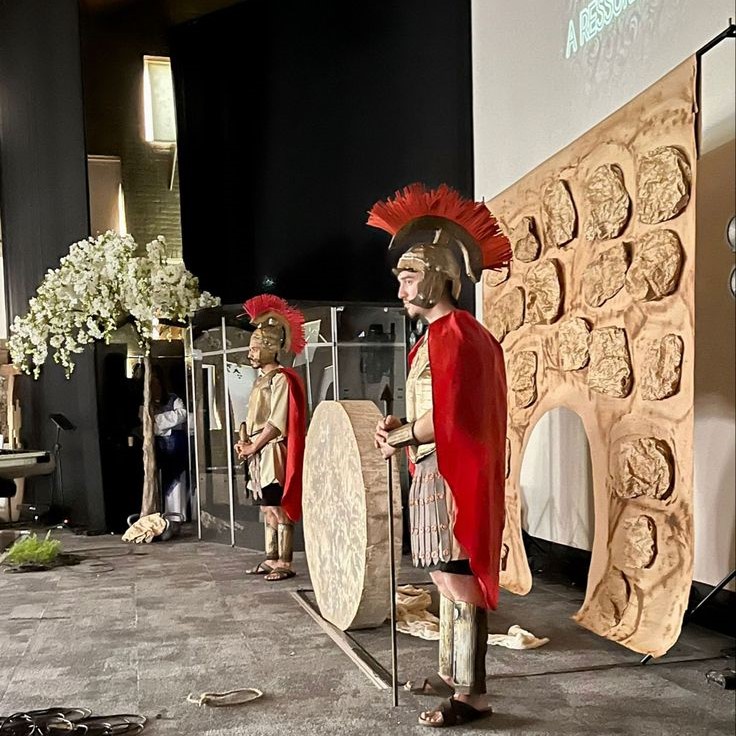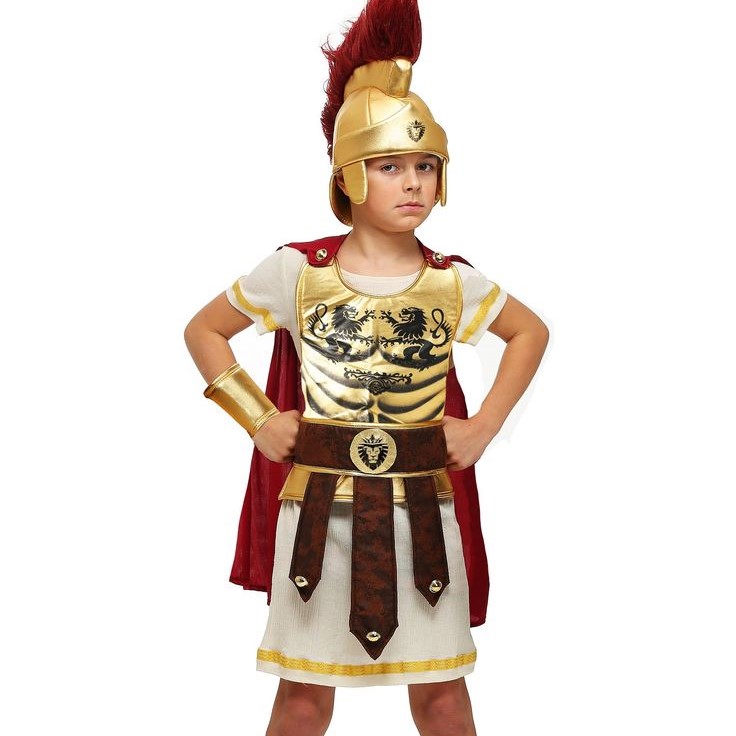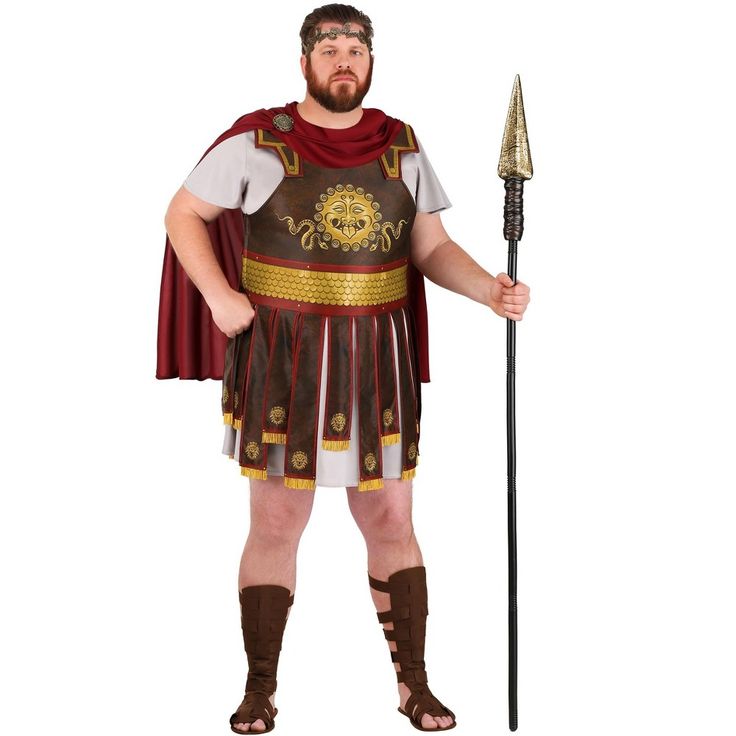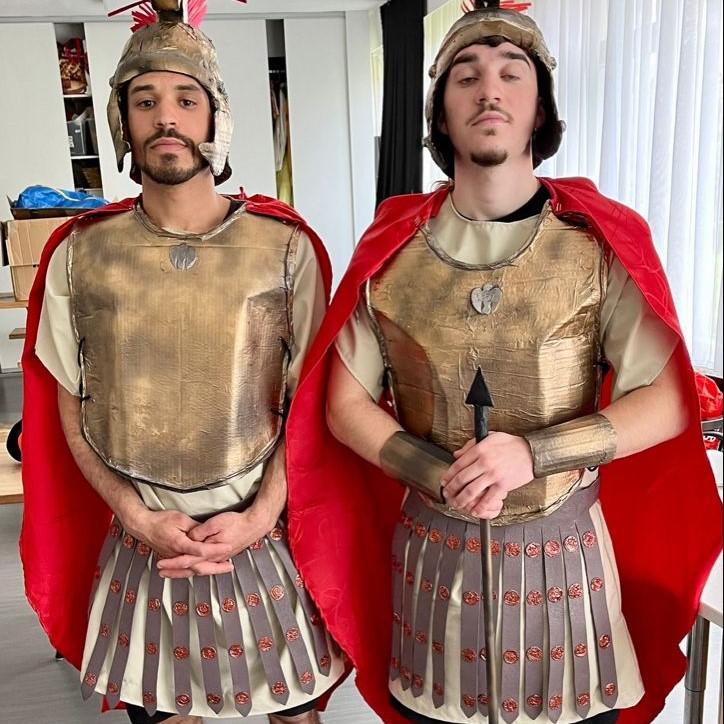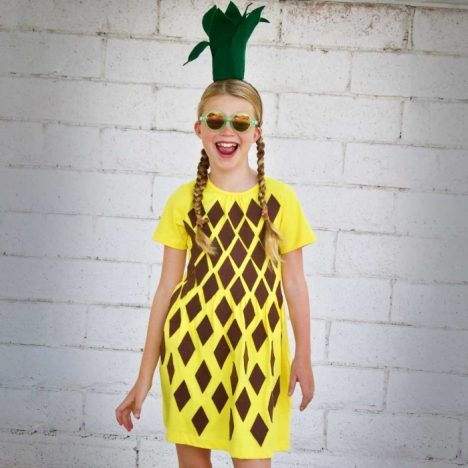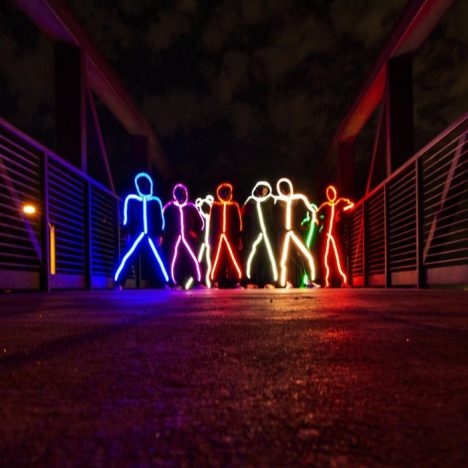Contents
Introduction
The roman soldier costume offers a unique opportunity to embrace ancient history in a stylish and engaging way. Whether you’re attending a themed party, participating in a historical reenactment, or celebrating Halloween, this costume allows you to connect with the intriguing stories and valor of the Roman Empire. In this article, we will dive into the components of a Roman soldier costume, styling tips, and the significance of the attire in terms of history and culture.
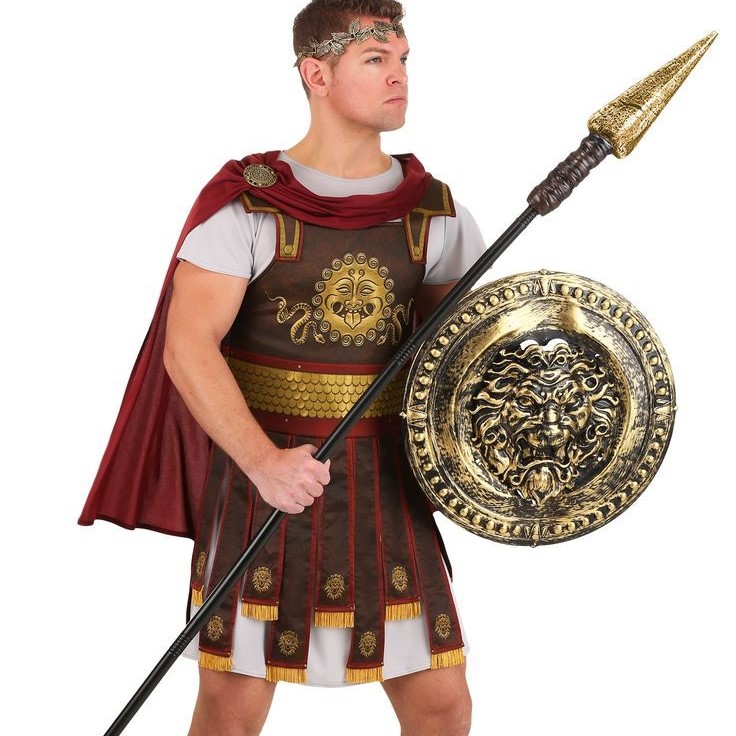
By exploring the Roman soldier costume, you’ll gain insight into how this outfit not only represents a significant era in history but also serves as a fun and creative choice for various occasions. As you embark on your journey to embody the spirit of a Roman soldier, understanding the elements that make up the costume will enrich your experience.
Historical Significance of Roman Soldier Costumes
Understanding the background of the roman soldier costume enhances the appreciation of wearing it. Roman soldiers, known as legionnaires, played a crucial role in the power and expansion of the Roman Empire, which at its height stretched from Britain to the Middle East and North Africa. Here’s why their uniforms hold historical significance:
- Symbol of Strength: The Roman soldier’s outfit was not merely clothing; it represented military might and discipline. Soldiers were meticulously trained and uniformly dressed, which helped instill a sense of pride and unity in their ranks. The visual impact of their armor was designed to intimidate enemies while boosting morale within their own troops.
- Functional Design: Each element of the soldier’s costume served a purpose. For instance, the heavy leather armor provided protection, while the tunic allowed for mobility in combat. Understanding the functional aspects can help when designing or choosing a costume that looks authentic. The combination of style and practicality in the Roman attire is reflected in modern military uniforms and fashion.
- Cultural Impact: Roman soldiers were more than just fighters; they were also the face of Roman culture in foreign lands. Their way of dressing reflected their identity and contributed to the dissemination of Roman customs and values across Europe. The Roman soldier costume can therefore be seen as a representation of cultural exchange and adaptation throughout history.
- Influence on Modern Military Uniforms: Many modern military uniforms draw inspiration from Roman apparel. The structured design and emphasis on functionality in military dress echo through the centuries. Understanding this influence adds depth to your appreciation of the costume, as it connects the past to the present.
- Iconic Status in Popular Culture: The Roman soldier has been depicted in countless movies, books, and other forms of media. This cultural prevalence reinforces the iconic status of the costume, making it instantly recognizable. Wearing a Roman soldier costume can evoke nostalgia and connections to famous stories of bravery and adventure.
Key Components
Creating the perfect roman soldier costume involves several key components that enhance authenticity and style. Here’s a breakdown of what you’ll need to gather or make:
- Tunic: The basic garment of Roman soldiers was a knee-length tunic, typically made of wool or linen. Look for tunics in earthy colors; common hues include beige, red, or brown, which resemble the historical attire of soldiers. You can either purchase one or make your own as a DIY project, ensuring that it fits comfortably.
- Armor: Authentic Roman soldier costumes often feature armor pieces. A common choice is a piece known as a lorica segmentata, which is made up of metal strips shaped to provide both protection and mobility. Faux armor can be made from materials like plastic or foam for comfort and ease of wear without compromising on the look.
- Helmet: A Roman soldier’s helmet (galea) is not only essential for protection but also serves as a striking visual element. Look for helmets made of plastic or lightly weighted materials that resemble historical designs. Some helmets come with a plume or decorative crest, further enhancing their visual impact.
- Belt: A leather or fabric belt completes the soldier’s look and is essential for holding the tunic and armor in place. Look for a wide belt that can be decorated with embellishments, such as metal studs or an emblem, making your costume even more appealing and unique.
- Sandals: Roman soldiers wore distinctive sandals known as caligae. These open footwear styles are designed for comfort and durability, making them ideal for long wear. Ensure that your sandals are suitable for the surface you will be walking on during events or parties.
- Cloak: A decorative cloak can add flair and structure to your costume. Cloaks were often worn over armor for warmth and protection from the elements. Look for a fabric that complements your tunic and armor, and consider adding a brooch to keep it in place.
DIY Tips for Crafting Your Soldier Costume
If you are looking to create your own roman soldier costume, consider these DIY tips, to enhance creativity and personalization:
- Choose Quality Materials: When crafting your costume, opt for quality fabrics that will withstand wear. Cotton or linen works well for tunics, while foam or lightweight metal can be used for armor. Research suitable DIY methods for creating sturdy yet lightweight armor pieces.
- Utilize Patterns: For the tunic, consider using a simple pattern that can easily be adjusted to fit. There are many resources and tutorials online that can guide you through the sewing process. Ensure that your pattern reflects the traditional cut and drape of Roman tunics.
- Accessorize: Adding accessories can elevate your costume. Consider a sword, shield, or a decorative cape to enhance the overall look. Purchasing or crafting a prop weapon can help you embody the character of a Roman soldier.
- Decorate Your Armor: If you opt for faux armor, decorate it with paint to mimic rust and wear. This adds realism and personality to your costume. You could also use faux leather strips or fabric to create a more authentic appearance.
- Gather Props: Consider other props that might complement your costume, such as a scroll or map. This can help you embody the role of a Roman soldier, adding an interactive element to your outfit.
- Practice Your Poses: After assembling your costume, practice holding props and striking poses that reflect the demeanor of a Roman soldier. This can help you feel more confident when wearing the costume in public or at events.
Styling Your Soldier Costume for Events
Now that you understand the components and DIY tips, it’s important to consider how to style your roman soldier costume for various events. Here are some creative ways to make your costume stand out:
- Theme Parties: When attending themed parties, consider the context of the event. Incorporating colors, textures, and additional layers that reflect the theme can enhance your overall presentation. Utilize accessories that match the ancient Roman theme for consistency.
- Historical Reenactments: For historical reenactments, pay close attention to accuracy. Research specific details about Roman soldiers, including their conduct, phrases, and mannerisms. Wearing your costume with confidence and understanding enhances the experience for you and your audience.
- Halloween Celebrations: Make your costume fun and approachable by adding personal touches. Brighten the look with props or humor for a more playful take while keeping the essence of the Roman soldier intact. Consider buddy costumes with friends dressed as other historical figures.
- Photography Sessions: If you plan to have photos taken in your roman soldier costume, choose locations that enhance the theme. Outdoor settings such as fields, ruins, or historical sites add depth to your photos and create an authentic atmosphere.
- Group Costumes: Coordinate with friends for a fun group theme! Arranging a group of Roman soldiers alongside characters from ancient history, like gladiators or emperors, enhances the overall experience and creates visual interest. This communal theme can lead to proud photo opportunities and memorable celebrations.
Maintenance and Care for Your Costume
Once you’ve crafted or purchased your roman soldier costume, it’s essential to maintain it properly. Here are some care tips to keep your costume in top shape:
- Cleaning: Always check the cleaning instructions for your materials. Most tunics can be hand-washed, while some armor pieces might require gentle cleaning. Avoid harsh chemicals that could damage fabric or faux armor.
- Storage: Store your costume in a cool, dry place. Avoid damp areas, as this can lead to mold or mildew on your materials. Consider using garment bags to protect costumes from dust and debris.
- Repairs: Regularly check for wear and tear on your costume. Sewing up loose seams or applying repairs promptly ensures your outfit stays in good condition for future use. A little care can prolong the life of your costume significantly.
- Additional Details: If your costume includes props, store them separately to avoid damage. Update or replace pieces that show signs of wear to keep your look fresh and vibrant.
- Refreshing Your Look: If the costume has been used multiple times, consider adding new elements or embellishments to keep it feeling fresh and exciting for the next event.
Conclusion
In conclusion, the roman soldier costume offers a fun and engaging way to embrace ancient history with style. With the right materials, a bit of creativity, and an understanding of history, you can create a visually stunning and authentic costume. Whether for a themed event, Halloween, or historical reenactments, this costume has the potential to create memorable experiences.
By considering the details of design, style, and maintenance, you can truly embody the spirit of a Roman soldier. So channel your inner gladiator and step into an exciting journey through history! With the perfect costume, you will not only look the part but also immerse yourself in the rich culture of one of history’s greatest empires. Embrace the adventure and enjoy every moment wearing your Roman soldier costume!
